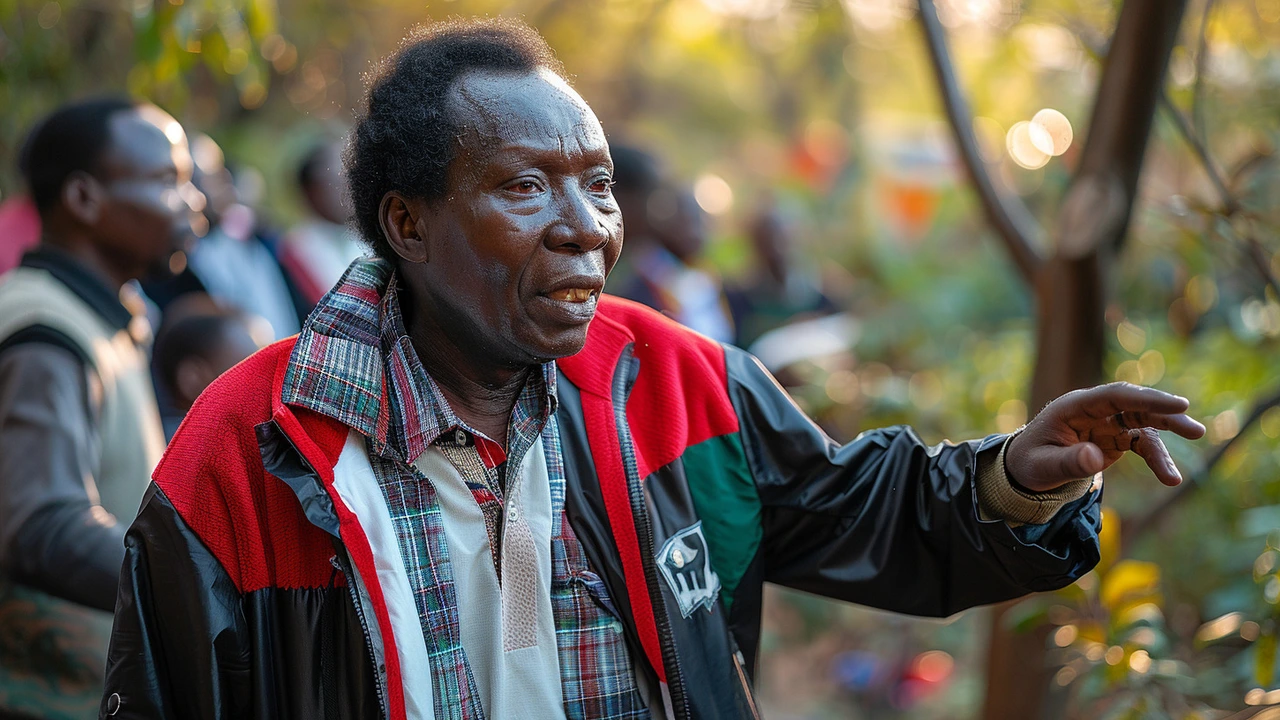In a decisive move, the Supreme Court has ordered a by-election for Magarini Constituency after finding the incumbent MP, Harrison Kombe, guilty of ballot stuffing and altering election results. Kombe's 2022 victory, won by a narrow margin of 21 votes, was annulled due to significant irregularities. Despite appealing, Kombe lost his case, marking the end of his contested win.
Ballot stuffing: what it is and why it matters
Ever heard the term “ballot stuffing” and wondered what it really means? In plain words, it’s when someone adds extra votes to a ballot box to swing the result. Those extra votes can be fake, duplicated, or even real ballots cast by people who aren’t eligible. The aim is simple – tip the scales in favour of a candidate, party, or cause.
Ballot stuffing hurts democracy. When a few people mess with the vote count, the whole election loses credibility. Voters start to doubt the outcome, and that doubt can turn into unrest or a loss of trust in the system. That’s why spotting and stopping ballot stuffing is a top priority for election officials worldwide.
How ballot stuffing works
There are a few common tricks used by those who want to cheat the system. One method is literally stuffing the ballot box with extra papers – think of someone slipping in a stack of pre‑filled slips while the box is unattended. Another way is to duplicate real ballots, either by photocopying them or by having the same person vote multiple times under different names.
Sometimes, the fraud happens before the ballot even reaches the polling station. Fake voter registrations can be created, giving the fraudsters legal‑looking IDs they can use to cast votes. In other cases, insiders tamper with the count after the polls close, swapping out real ballots for fake ones during the tally.
Technology can both help and hurt. Electronic voting machines can be hacked to add votes, while paper‑based systems can be easier to manipulate if proper safeguards aren’t in place. The key is that any system without strong checks is vulnerable.
Preventing ballot stuffing
The good news is there are practical steps to block ballot stuffing before it happens. First, secure the ballot boxes. Use lockable containers, keep them under constant observation, and limit who can access them. Video cameras at polling places provide a clear record of who goes near the boxes.
Second, verify every voter’s identity. Photo ID checks, biometric scans, or robust registration databases make it harder for fake voters to slip through. Cross‑checking voter rolls on election day catches duplicates early.
Third, encourage transparent counting. Open‑hand counting, where observers from multiple parties watch each ballot being tallied, reduces the chance of sneaky swaps. Publishing detailed results, down to the precinct level, lets the public spot irregularities.
Finally, invest in training. Poll workers who know the signs of ballot stuffing – like unusually heavy ballot boxes or mismatched voter lists – can raise alarms quickly. A well‑trained team is the first line of defence.
When you combine secure boxes, strong voter ID, transparent counting, and good training, you build a thick wall around the election. Ballot stuffing becomes a risky, messy job that most fraudsters will avoid.
So, if you’re curious about how elections stay fair, remember that vigilance at every step – from registration to the final tally – is what keeps ballot stuffing at bay. Keep an eye out, ask questions, and demand transparent processes. That’s the best way to protect the vote you cast.
